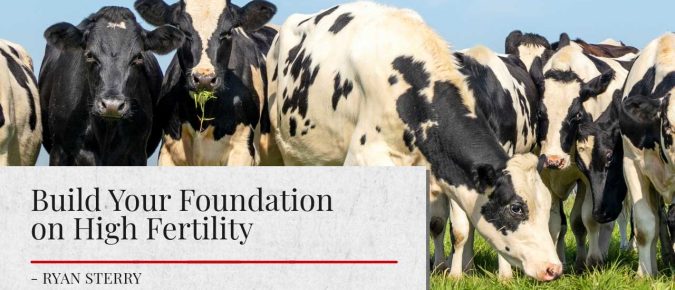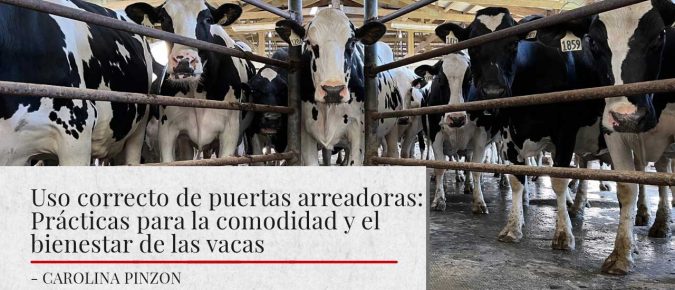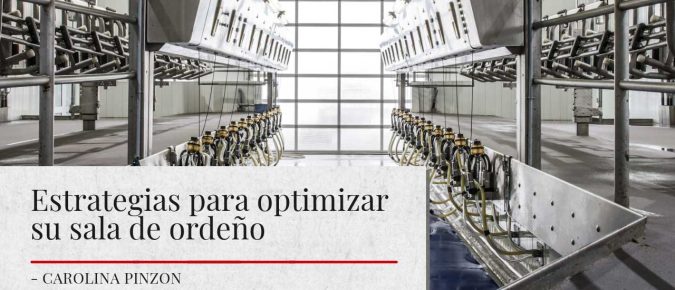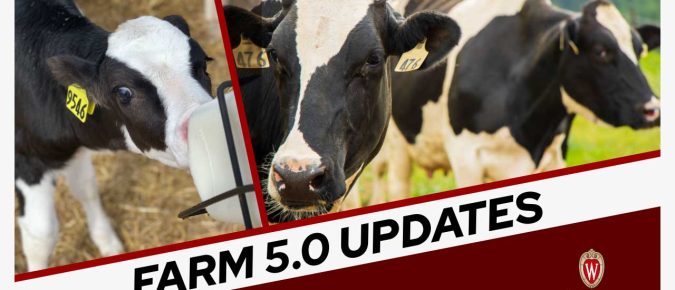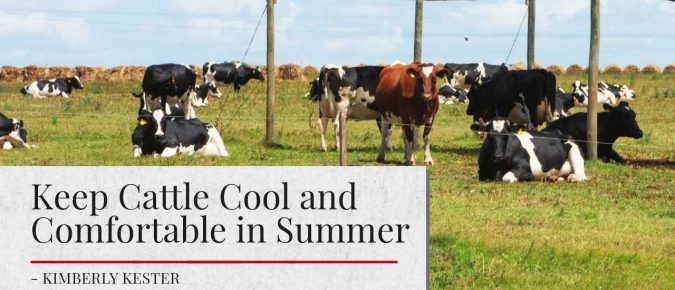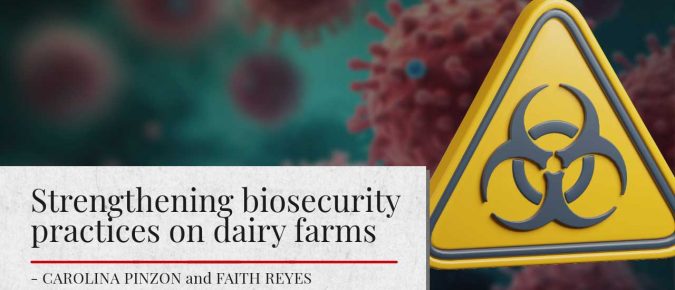Today, we can form our own pyramid of characteristics for high performing dairy herd reproductive management. During a recap of the 2024 Reproduction Roadshow, Dr. Paul Fricke, Dairy Cattle Reproduction Specialist for UW-Madison and Division of Extension, introduced his building blocks for top reproductive performance and how achieving each step opens more opportunities to use additional reproductive technologies.
In this episode of Badger Dairy Insight, we hear from Dr. João Dórea, an assistant professor in Precision Agriculture and Data Analytics in the Department of Animal and Dairy Sciences at UW–Madison.
Proper crowd gate functioning benefits both cows and dairy farm workers. For farm managers, effective staff training, regular crowd gate maintenance, and proper management are essential for ensuring successful crowd gate operation. While crowd gates help keep cows near the parlor entrance, it is crucial to avoid misusing them to promote positive animal welfare.
Tabla de contenido Introducción El funcionamiento adecuado de la puerta arreadora beneficia tanto a las vacas como a los trabajadores de las granjas lecheras.
Ensuring a comfortable and safe parlor environment for both cows and workers, while efficiently using all available resources—including time—is crucial for the dairy business’ profitability. Milking time on a dairy farm is a balancing act between maintaining cleanliness and calmness while moving quickly enough to finish on time and get the cows back to their pens, where they can eat, drink, rest, and produce milk.
Es crucial para la rentabilidad del negocio lechero, garantizar un entorno cómodo y seguro en la sala de ordeño tanto para las vacas como para los trabajadores, al tiempo que todos los recursos disponibles se utilicen de manera eficiente, incluido el tiempo. El ordeño en una granja lechera es un acto de equilibrio entre mantener la limpieza y la calma, mientras se mueve lo suficientemente rápido como para terminar a tiempo y llevar a las vacas de regreso a sus corrales, donde pueden comer, beber, descansar y producir leche.
Jennifer Van Os discusses collaborative work at UW-Madison to identify practical strategies for alleviating heat stress in hutch-housed dairy calves.
The Farmers Assuring Responsible Management (FARM) Animal Care program helps American dairy farms demonstrate their dedication to providing high quality animal care.
The latest long-range forecasts from the National Weather Service show that Wisconsin has a 40% to 50% chance of a hotter-than-normal summer. Long periods of heat stress are more likely to have lasting effects on cattle, including early embryonic loss in heifers and cows, poor semen quality in bulls, and reduced gains in feeder cattle.
The careful implementation of biosecurity practices is key to protect both people and animals, as well as to ensure a viable and safe food supply for consumers.
The careful implementation of biosecurity practices is key to protect both people and animals, as well as to ensure a viable and safe food supply for consumers.
Jennifer Van Os discusses collaborative work at UW-Madison to identify practical strategies for alleviating heat stress in hutch-housed dairy calves.

